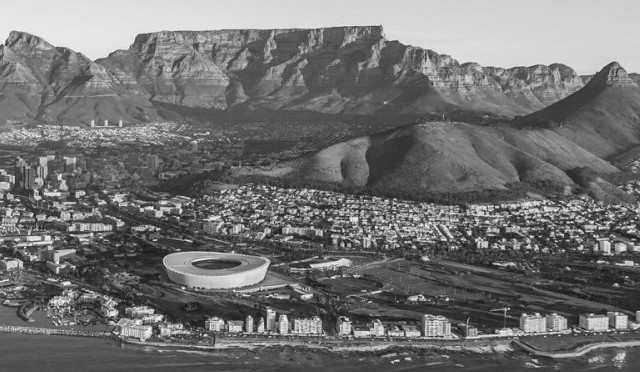Something remarkable is happening in the markets — and for once, it isn’t on Wall Street. Emerging economies, long treated as the excitable younger siblings of the developed world, are powering through their biggest rally in 15 years. Investors who spent a decade glued to Silicon Valley and the S&P 500 are now rediscovering the appeal of São Paulo, Seoul and Johannesburg.
An MSCI benchmark of emerging-market equities has surged nearly 30 per cent this year, its strongest performance since the post-crisis rebound of 2009. Local-currency government bonds, tracked by JPMorgan, have climbed more than 15 per cent. Inflation is easing, the dollar is softening, and real yields remain comfortably positive. For once, the developing world is offering both income and growth — a potent mix for global capital that has spent too long starved of value.
Nigel Green, chief executive of the deVere Group, calls it one of the most significant shifts in global investment strategy since the financial crisis:
“After more than a decade of dominance by US and European markets, investors are finally diversifying geographically in a meaningful way,” he says. “They’re being drawn by value that is both real and scalable. Many emerging economies have learned the lessons of past cycles and are now far more disciplined, transparent and resilient. The market is beginning to reward that progress.”
The dollar’s weakness has provided the spark. As the greenback slides, the cost of servicing dollar-denominated debt falls, easing pressure on developing economies and freeing up liquidity. “When the dollar declines, liquidity returns to emerging markets — and it often stays there,” says Green. “Investors who once viewed these economies through the lens of risk are now seeing them as sources of diversification and income. The perception is shifting from speculative to strategic.”
This time, too, the story is not just about global liquidity. It is about maturity. Central banks from Mexico to South Africa have been ahead of the inflation curve, holding real interest rates at levels that now look enviable in the West. Fiscal management has improved. Foreign exchange reserves are stronger. The once-familiar boom-and-bust narrative feels, at least for now, out of date.
Asia remains the gravitational centre of this resurgence. South Korea’s Kospi and Taiwan’s Taiex have both hit record highs this year, buoyed by demand for semiconductors and the machinery that powers artificial intelligence. Taiwan Semiconductor Manufacturing Company — TSMC [TPE:2330], the quiet engine of the AI revolution — now makes up roughly 11 per cent of the entire MSCI emerging-market index. “AI has transformed not only how we invest, but where we invest,” says Green. “The infrastructure driving this revolution is being built in emerging Asia, not just in Silicon Valley.”
Improving balance sheets in emerging markets
Beyond Asia, Latin America and Africa are enjoying renewed investor attention. S&P Global reports record bond issuance of $286 billion across 17 major emerging economies outside China this year, as investors chase high local yields and improving balance sheets. Even after the rally, valuations remain strikingly cheap: the MSCI emerging-market index trades at about 14 times next year’s earnings, compared with 23 for the S&P 500.
“This discount is extraordinary,” says Green. “It tells you that despite the rally, emerging markets are still priced for pessimism while delivering improving fundamentals. The re-rating process has only just begun.”
India still lagging
India, the perennial favourite, has lagged somewhat — a victim of its own lofty valuations. But elsewhere, credibility is quietly being rebuilt. Currencies are stable, budgets are in better shape, and investor confidence is returning.
The result is a subtle, perhaps overdue rebalancing of global capital. “We aren’t seeing the end of developed-market strength,” Green says, “but we are witnessing the beginning of genuine diversification.”
The message is clear: the next bull market may not begin in New York or Frankfurt — but somewhere between São Paulo and Seoul.
Related ETFs
Would you like your funds listed here? Contact us

